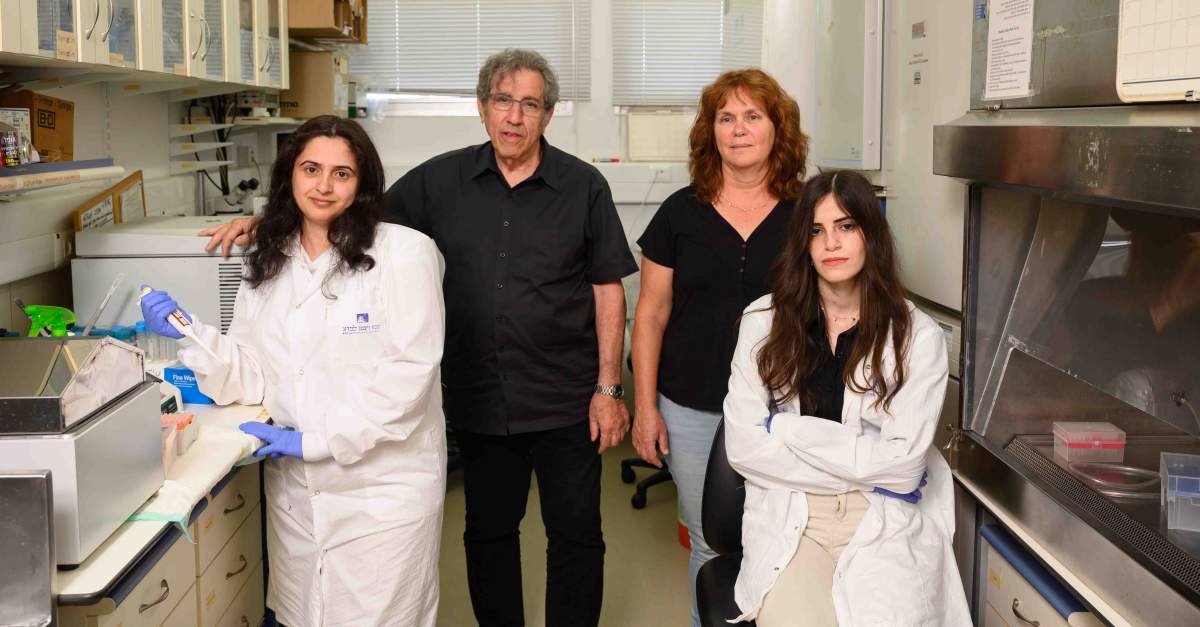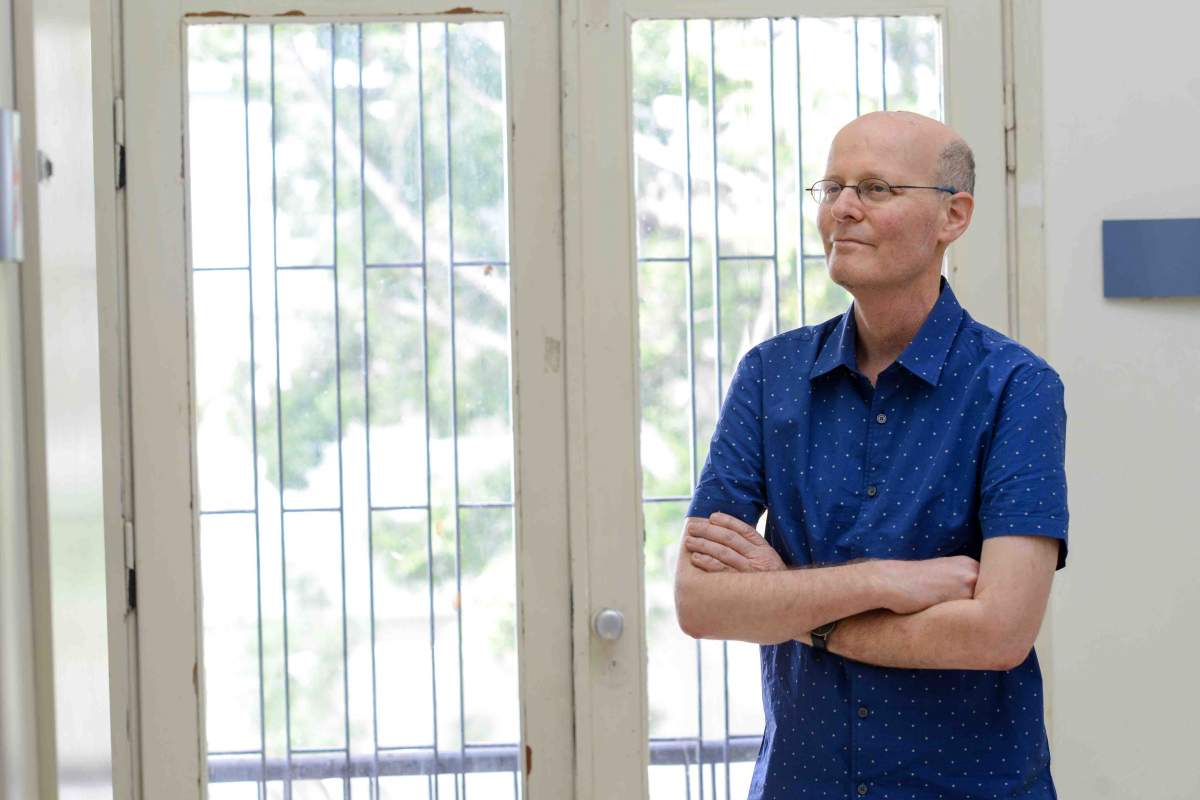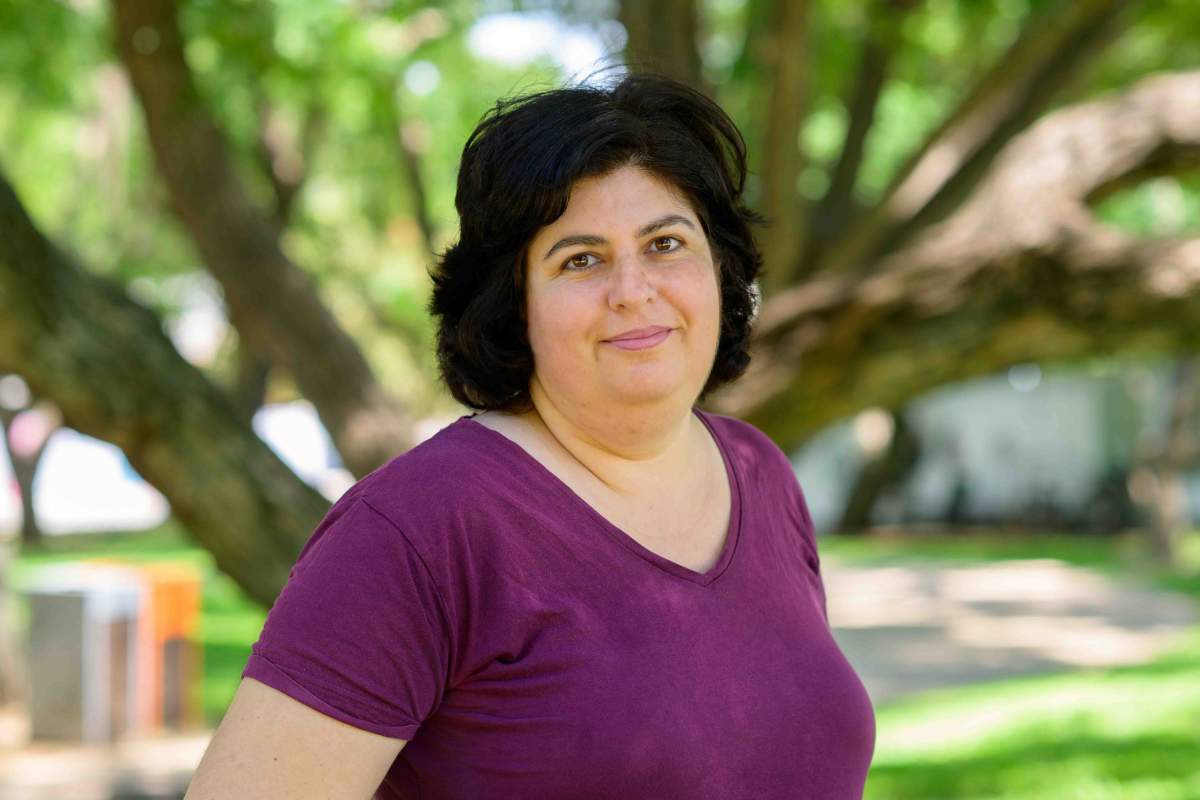Cellular immunotherapy, a leading form of cancer treatment, enlists the "warriors" of our immune system, our T-cells, in the war on cancer. During preparations for the treatment, doctors take a sample of T-cells from the patient and activate them to make them divide rapidly and form a massive army of cancer-killing cells that is then injected back into the patient.
Even though there is huge potential in enlisting the immune system in the battle against cancer, the success rate for such treatments has so far been limited. One of the reasons is that after weeks of accelerated division, the "warrior T-cells" might be numerous, but they often become exhausted and their killing powers dwindle. Researchers from the laboratory of Prof. Benny Geiger in the Immunology and Regenerative Biology Department of the Weizmann Institute of Science have developed a new approach that induces an increase in T-cell proliferation while maintaining or even enhancing the cells' killing prowess.

Geiger began this research about 10 years ago, together with his colleague Prof. Nir Friedman who passed away in 2021. Working with Dr. Shimrit Adutler-Lieber, they created a "synthetic immune niche" - an artificial molecular environment consisting of two proteins they had carefully selected based on inspiration from the natural immune system - that caused the cancer-killing cells growing in this environment to reproduce faster yet maintain and even improve their killing abilities. To promote the application of their findings toward potential use in medical practice, Geiger and Friedman continued to investigate the molecular mechanisms responsible for the unique properties of their synthetic immune niche.
In a new study, published recently in the Journal for Immunotherapy of Cancer (JITC), the researchers examined two different methods of activating T-cells - with and without the presence of the synthetic immune niche - and made discoveries that could have significant ramifications for the future of cellular immunotherapy. Also participating in the study, which was led by Dr. Sofi Yado from Geiger's group, were Rawan Zoabi (also from Geiger's group), Dr. Shlomit Reich-Zeliger from Friedman's group and Dr. Bareket Dassa from Weizmann's Life Sciences Core Facilities Department.
""New immune niche technology could enhance cancer immunotherapy, offering hope to patients with limited treatment options"
"Nir and I had approached this project based on our shared interest in the influence of the tumor environment on cellular activity," Geiger explains. "Nir's contribution was enormous, including developing and applying computational methods and models for tracing the behavior of individual T-cells, while my lab had acquired a great deal of experience in characterizing the interaction between living cells and their environment. When we started, we were trying to find the right 'recipe' for the immune niche, and we decided to look for a specific combination of natural immune system proteins that, when introduced into the synthetic niche, would improve the performance of the T-cells and potentially boost the effectiveness of cellular immunotherapy.

"In our initial research, we managed to develop a niche of this kind, but the molecular mechanisms that it triggered within the immune cells remained a mystery. The current study deals with processes that occur in T-cells after their encounter with the synthetic niche. It provides insight into key molecular processes that regulate the balance between the proliferation of killer T-cells and their ability to effectively kill the target cancerous cells."
Killer T-cells protect the body by scanning "cellular identity cards," or proteins that appear on cellular membranes, which allows them to identify external invaders or internal enemies such as cancer cells, and kill them. To be responsive to the niche, the T-cells first need to be activated. In this new study, the scientists compared a "specific" activation of the T-cells, performed by exposure to a protein derived from the surface of cancer cells, with a "nonspecific" activation of the T-cells, which was done by means of antibodies that bind to these cells' receptors.
The researchers found that the division rate of mouse T-cells that underwent nonspecific activation was significantly lower than that of cells that underwent specific activation. The immune niche improved the situation, so that at the peak of the post-activation stage, the population of T-cells increased by three to five times compared to T-cells that had not undergone a similar niche treatment. It was evident, therefore, that the immune niche does indeed contribute to a higher expansion rate, but the effect of the niche stimulation on the killing power of the cells remained unclear.
Looking into this issue, the scientists noted that each activation method had a different functional time window during which the T-cells exposed to the immune niche both proliferated more quickly and preserved high levels of lethality. These time windows could be important for selecting the optimal time to harvest the cells used in cancer treatment.
To get a quantitative measurement of the cells' killing power, the researchers documented the battle between the immune system's "warriors" and the cancer cells, using time-lapse videos created with a microscope at specific intervals. They noticed that during the first stage, the killing power of the cells that were nonspecifically activated and proliferated more slowly was greater than that of cells that had been specifically activated, a finding that suggested an inverse relationship between rapid division of T-cells and their ability to effectively kill cancer cells.
However, four days after the stimulation, the synthetic immune niche started having the opposite effect on cells that were activated using both methods. Specifically activated cells - which tend to lose their killing power around four days after activation, owing to the exhaustion that is attributed to their rapid division rate - emerged from the niche with their killing capacity intact. The scientists decided, therefore, that for specifically activated T-cells, the fourth day is the optimal window, in which the cells not only divide rapidly but also maintain their elevated killing power.
In contrast, in the first few days after activation, nonspecifically activated cells tend to divide slowly, while maintaining a high killing capacity; the niche, however, encouraged them to divide much more rapidly, which led to temporal loss of their killing capacity. The optimal window for these niche-treated cells, rather surprisingly, was seven days after the initial activation, which was when their proliferation was maximal and their killing potency was fully restored, after being temporarily suppressed during the rapid division phase. This meant that both the yield of T-cells and their killing capacity were especially high on the seventh day.

Next, the researchers explored the molecular mechanisms by which the immune niche affected the interplay between division rate and killing capacity of the cells during the distinct optimal time windows. One of their discoveries was that throughout the "suppressed period" on days four to six, the cells stimulated by the immune niche unexpectedly retained high levels of cellular components associated with the killing machinery, suggesting that the killing system was still there, albeit turned-off. Only on day seven, when the yield of the cells was maximal, did a sharp drop occur in the expression of cellular exhaustion components, and the cells' killing capacity was restored. The specifically activated cells, on the other hand, displayed an extended prominence of cell components associated with the killing machinery on their day-four effective time window.
The Weizmann team took out a patent on the synthetic immune niche, which so far has been tested primarily in experiments with mice. They then initiated collaborative studies with researchers from Israeli hospitals and the medical industry, in the hope of exploring a similar system for human cells. Over the past few months, thanks to data collected in their follow-up studies, they launched a collaboration with the MD Anderson Cancer Center in Houston, Texas, to explore the feasibility of using the system in treating patients.
"Treatment based on cellular immunotherapy has produced highly promising results, and it holds great potential for battling cancer," Geiger says. "But its broad applicability and effectiveness need additional reinforcement, in part because of the need to find the right balance between the number of cells available for treatment and their killing power. The immune niche that we developed can significantly increase both. If it proves effective in enhancing cancer immunotherapy for humans, it could provide new horizons for patients who currently do not have any effective treatment options."

Science Numbers
The synthetic immune niche increases the division rate of killer T-cells by a factor of 3 to 5 and their killing ability by a factor of 3 to 10, depending on how the cells are activated.






